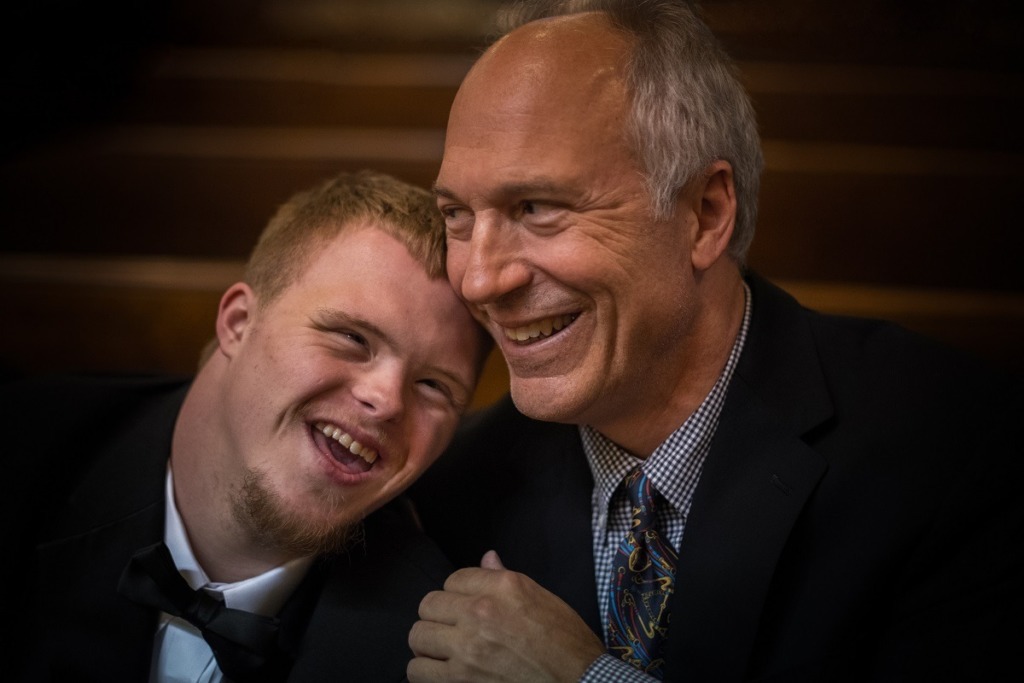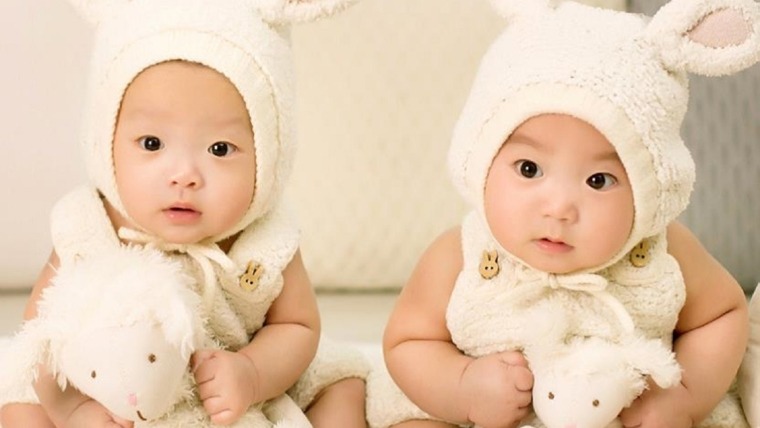
How to talk to kids about disabilities
Written by Lisa Cox
The innocence of children can be both charming and a little unnerving at the same time, especially if you’re the parent. While many people prefer their children not blurt out phrases like “mummy, why is that lady in a wheelchair?” when you’re in a public place, there’s a very good chance that it’s going to happen.
So how do you handle it? In a broader sense of the topic, how do you broach the topic of disabilities with children? Also, what role does your discomfort play in a child’s understanding of disability and how do you have an open dialogue about it with kids?
Why we should be having these conversations (Through the eyes of a child)
Not all visibilities can be seen. Your child’s lifelong best friend might have Asperger’s, or the little boy next door may have an invisible chronic illness. Alternatively, maybe your child’s friend or a relative acquires a disability later in life. Having conversations about people who have different challenges from our own is important. Not only for the people with disabilities your child might interact with but also for your child.
Just like the talk about the birds and the bees, not talking about disabilities (because you, as the adult, feels uncomfortable) doesn’t make it a non-issue. People with disabilities are part of the world we all share. When we avoid any of these topics, we send the message to our children that there’s a negative emotion attached to this situation, whether it’s shame or pity or even fear. The children pick up on that trepidation and subconsciously adopt it.
Children learn through real-world experiences and interactions. As parents, a proactive approach to normalising and de-stigmatising disabilities starts by giving your children the opportunity to engage with people that have disabilities. Don’t leave their learning to the media as it unfortunately perpetuates disability stereotypes which are generally very skewed.
Furthermore, your discomfort about disability can be replicated by children across several other personal differences, such as gender, skin colour or body size. While this might not seem relevant to a three year old, it may complicate their own sense of self as they mature and have the mindset that differences are something to be ashamed of.
Children accept the world as it presented to them. If we present them with the reality of living with disabilities, we remove the stigma. Lisa Cox has uses a wheelchair to navigate the world and talks about her experience with children.
“My niece doesn’t raise an eyebrow about my disabilities and that’s partly because I’m visible in her life all the time and just doing ordinary things like her mum. Imagine if we could make that little example a global movement whereby seeing or hearing about disability in our mainstream popular culture was just a normal thing.”
What it’s like having a disability and answering children’s questions
Lisa Cox loves to answer questions in a child-appropriate way so that children have a clear understanding of her disabilities, without it becoming the distinguishing feature. “I, personally, don’t mind curious questions from kids. They want to know about everything! I was once that kid (before disabilities) who had a lot of silly questions and I’m grateful to the disabled people in my life that gave me judgement-free answers.”
It’s not like this for everyone. Questions, although seemingly innocent, may be offensive or triggering for some people. As an adult, you can use your common sense to know how uncomfortable a disabled person looks by being asked questions. If appropriate, you may even wish to ask that person if they mind the questions.
Above all, please don’t ‘shush’ your child and quickly drag them away. This only instills fear and reinforces the idea that disability is something to be ashamed of or embarrassed by.
While questions from curious youngsters are not a problem, Lisa stresses that the same rules don’t apply to adults. “Adults have far more self-awareness and are capable of knowing that personal questions (for anyone - with or without a disability) can be intrusive if they aren’t in context and being asked by a doctor, for example”..
How to have this conversation with a child (Through the eyes of a child)
Conversations about disability can happen at any time. Perhaps it will be after meeting someone with disabilities or perhaps it will be before that interaction if you know your child is going to meet someone with disabilities. Here are some suggestions for how to have conversations about disability.
- Talk about universal differences between people; hair colour, skin colour, height
- Have this conversation and reference people in your child’s life, noting the differences between people
- Keep your tone neutral and informative so that the conversation can be educational and open
- Tell children that not all disabilities can be seen.
- If you know someone with a disability, research the disability together to better understand it
- Make the focal point the person, not the disability. Discuss what the person is good at, what they enjoy, and other aspects so that the disability doesn’t become the defining characteristic
- Finish the conversation off by telling your child that questions are always welcome, if you can’t answer their questions, you can always research it together.
Through the eyes of a child Through the eyes of a child Through the eyes of a child Through the eyes of a child



